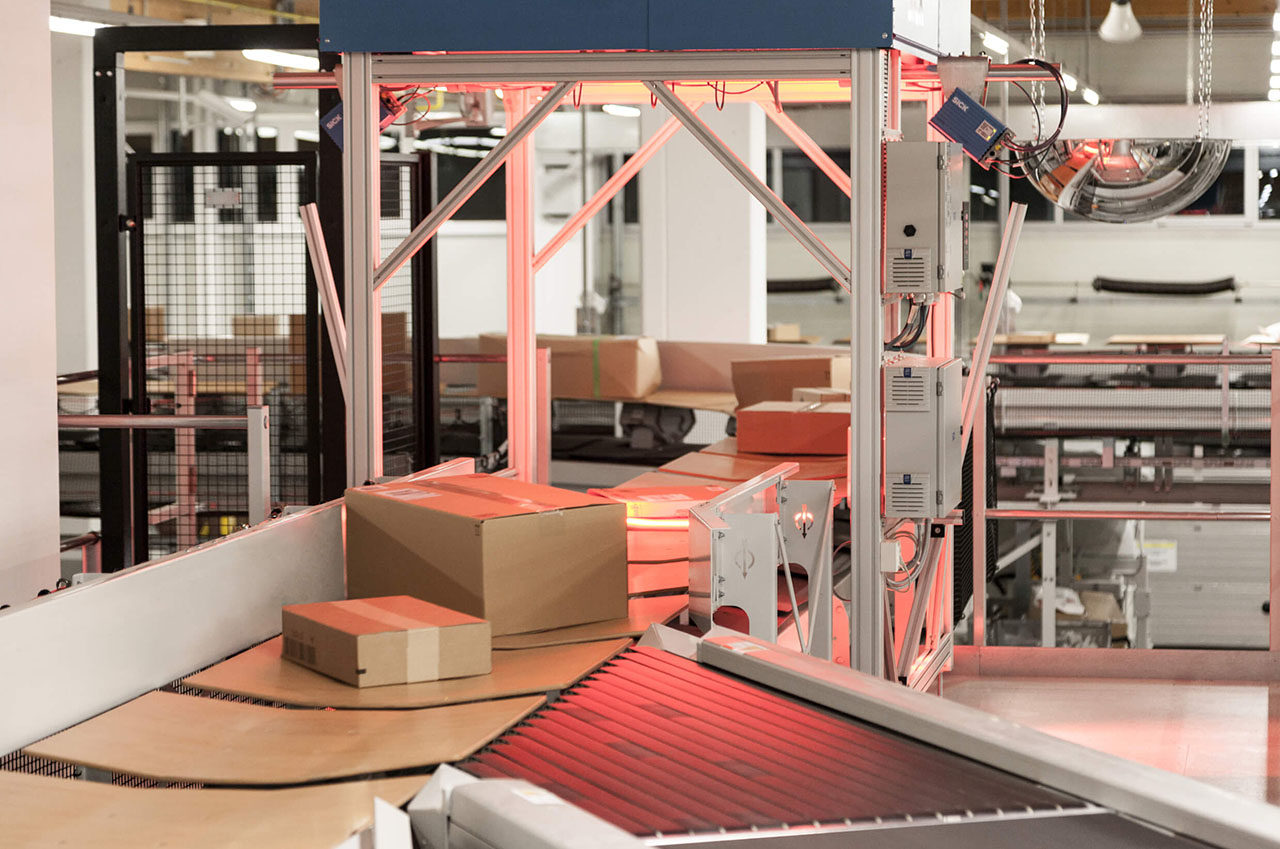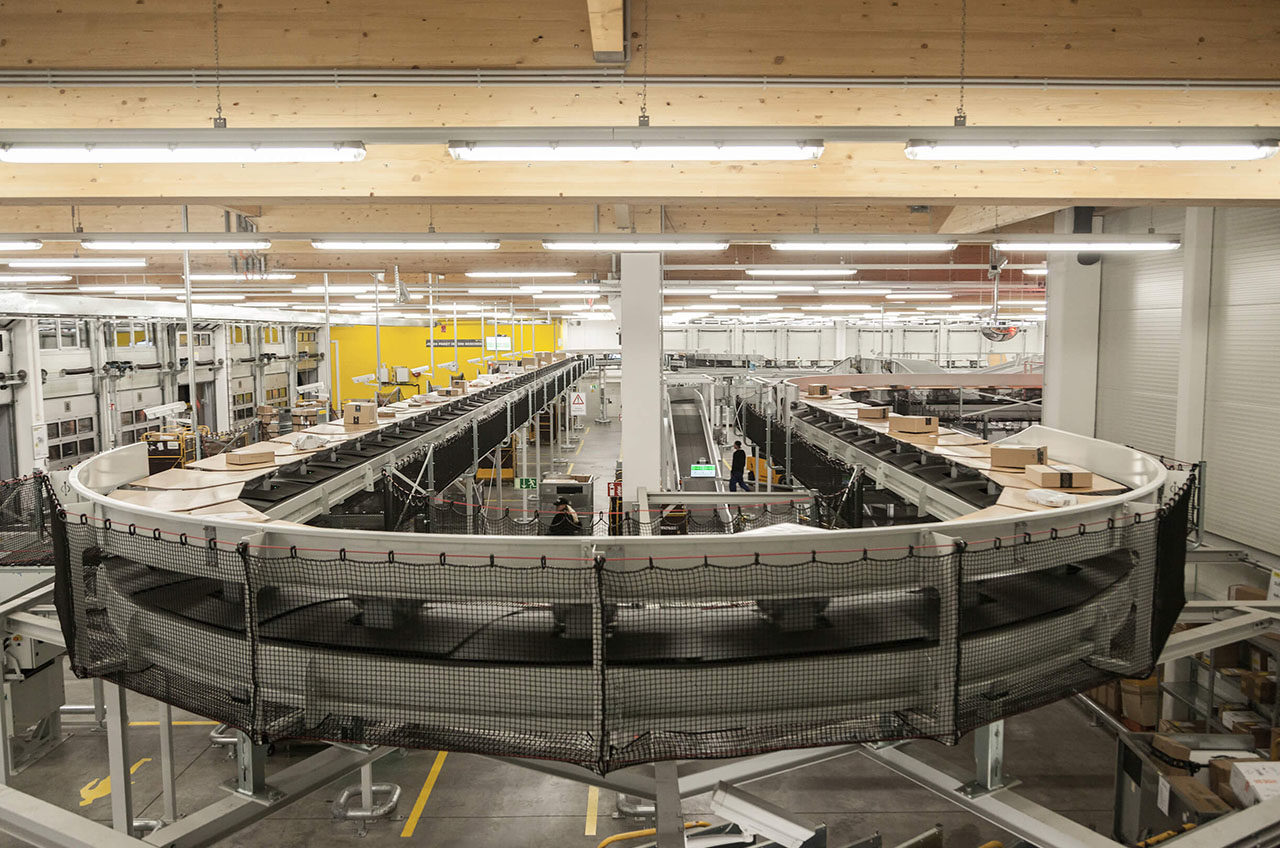Austria Post faced a challenge. A new situation in the market that essentially represented a positive development. But a challenge nonetheless.
Parcel shipping was growing in Austria. Perhaps exploding is the more accurate term to describe it. Just like in most regions this past decade, the number of parcels was increasing at a rapid pace. As a consequence, the company’s distribution centre – located in north-eastern Austria – could no longer keep up with the influx of parcels it had to process on a daily basis. That the distribution centre had to move somewhere else was inescapable.
The decision was made to move to Wernberg, in Austria’s southernmost state of Carinthia. An ideal location in the sense that it is placed between two big cities, Villach and Klagenfurt, and with an easy path to and from the nearest motorway. In theory, it appeared to be the perfect solution.
But one big problem still remained: The distribution centre in Wernberg was also a rather small site within the Austrian postal service. Bigger than the previous site, but was it enough? Unfortunately not.
Austria Post had to adopt a new system for its distribution centre. The criteria was a system with the ability to operate at high capacity, but in a comparatively little space.
In this article, we explain what the company came up with.
Efficient use of floor space
Austria Post decided to base its new distribution centre in Wernberg on a high-capacity tilt-tray sortation system. The result was stunning.
The new system has a footprint of just 5,000m2 which leaves as much free floor space as possible in a facility with only 12,000m2 of floor space.
Such an efficient use of available square metres is a spectacular achievement in its own right. To top it off, the system handles parcels of a large variety in terms of sizes and shapes – a particularly valuable feature in today’s sprawling landscape of online shopping – with care, speed and accuracy.
Let’s take a closer look at how the system works.







